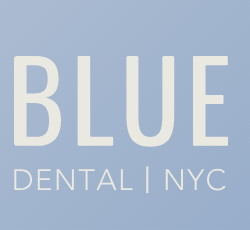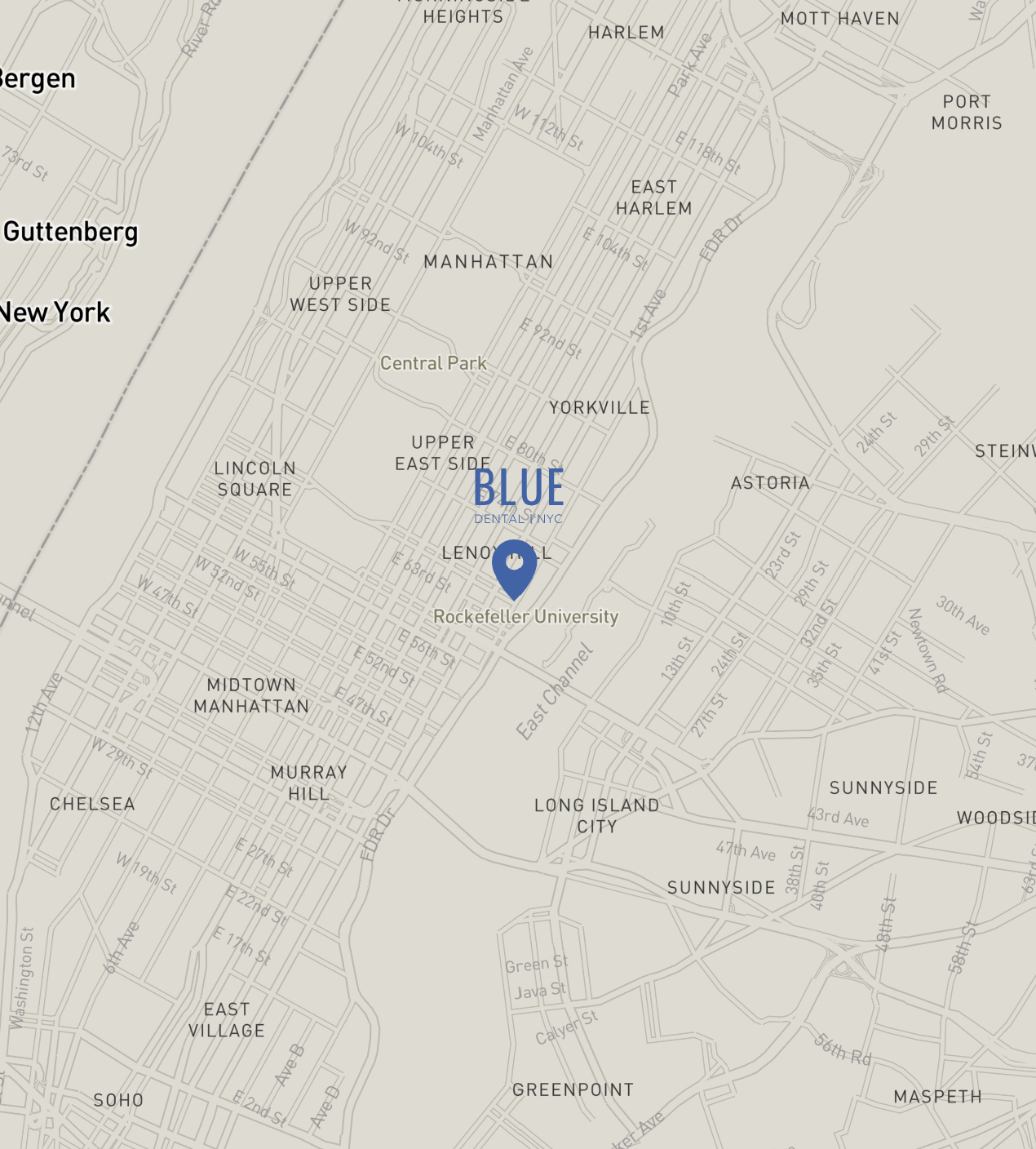Receding Gums (Gum Recession) on the Upper East Side, Manhattan
Why Choose Dr. Min for Receding Gums
- Columbia-trained prosthodontist focused on preserving teeth and supporting tissues with conservative, evidence-based care.
- Calm, clear communication and award-winning precision—expect meticulous records and a stepwise plan that fits your goals.
- Cause-first approach: We identify why gums receded (brushing, bite stress, gum disease, thin tissue, orthodontics) before restoring.
- Team care with periodontists for grafting when needed; seamless coordination and esthetic finishing of exposed roots/edges.
What Is Gum Recession?
Gum recession is the loss of gum tissue that exposes the tooth’s root surface. Exposed roots are more sensitive, more prone to wear/cavities, and can look longer or uneven in the smile. Recession can be localized to one tooth or generalized.
Why Gums Recede
- Periodontal (gum) disease: bacterial inflammation that breaks down attachment and bone
- Aggressive brushing or hard/abrasive toothpaste
- Bite stress/bruxism: heavy contacts and flexure creating notches (abfractions)
- Thin gum/bone biotype or post-orthodontic tissue changes
- Frenum pull (tight muscle attachment tugging the gum)
- Smoking/vaping and chronic dry mouth
- Lip/tongue piercings or traumatic habits
Signs & Everyday Concerns
- Teeth look longer; dark “triangles” near the gumline
- Cold/sweet sensitivity on exposed roots
- Notches near the gumline, chipping at the edges
- Bleeding gums, bad breath, or shifting teeth if periodontitis is present
- Food impaction and harder-to-clean areas
How We Diagnose
- Full periodontal charting (pocket depths, recession, attachment levels)
- High-resolution photos and recession map baseline
- Bite analysis for overload; wear-pattern mapping
- Low-dose X-rays/CBCT (when indicated) to assess bone support
- Review of brushing tools/technique, diet, and medical factors (dry mouth, reflux, meds)
Treatment Options We Provide/Coordinate
Stabilize the Cause (First Line)
- Professional cleaning; scaling and root planing if gum disease is present
- Brushing coaching: soft brush, gentle pressure, non-abrasive fluoride paste
- Desensitizing & remineralization: fluoride varnish, prescription toothpaste (5,000 ppm), calcium/phosphate pastes
- Bite adjustment to reduce overload; custom night guard for bruxism
- Frenectomy referral if a tight frenum contributes to pull
Cover & Protect Exposed Roots
- Tooth-colored bonding (cervical restorations) to cover sensitive root, reshape notches, and ease cleaning
- Gum grafting (with periodontist) for tissue thickness/coverage when indicated:
- Connective tissue graft (CTG) for robust, natural coverage
- Free gingival graft to increase attached keratinized tissue in high-pull areas
- Tunnel/pinhole-style techniques (case-dependent) to reposition tissue with minimal incisions
- Use of biologics (e.g., EMD) when appropriate to enhance healing
Esthetic & Functional Finishing
- Edge reshaping or onlays/veneers if erosion/wear also present
- Maintenance plan to prevent recurrence
The Process at a Glance
1) Comprehensive Exam & Photos
Map recession, check for gum disease, and identify bite/brush contributors.
2) Stabilization Phase
Gentle cleaning or deep cleaning, desensitizers, technique changes, night guard if needed.
3) Coverage/Restoration
Bonding for sensitivity/notches; coordinate grafting when tissue thickness or coverage is needed.
4) Review & Maintain
Follow-up to confirm symptom relief; personalized recall (3–6 months) and home-care plan.
Prevention & Daily Habits
- Soft brush, light pressure, small circular strokes; consider electric brush with pressure sensor
- Fluoride toothpaste; avoid gritty whitening pastes
- Rinse with water after acids; wait 30–60 minutes to brush
- Wear your night guard if prescribed; avoid chewing ice and very hard foods
- Keep regular cleanings; early tissue changes are easier to manage
Comfort, Safety & Materials
- Most stabilization visits are no-shot; local anesthesia for bonding as needed
- BPA-free bonding materials; meticulous isolation for durability
- Close coordination with periodontists using proven, minimally invasive grafting techniques
Cost & Insurance
- Transparent, itemized estimates tailored to cause and treatment choice
- Many PPO plans cover scaling/root planing, desensitizers, and medically necessary grafting/restorations; coverage varies—our team verifies benefits and files claims
- Phased care and flexible payment options available
Frequently Asked Questions
Do receded gums grow back on their own?
No—stabilizing prevents further loss, but
coverage usually requires
grafting and/or bonding.
Is grafting painful?
Modern techniques and local anesthesia make it very manageable. Most patients use OTC pain relief; downtime is usually a few days.
Bonding vs grafting—how do I choose?
Bonding reduces sensitivity and reshapes notches; grafting
adds tissue thickness and can cover roots. Many cases benefit from
both.
Will sensitivity go away?
Often yes—with desensitizers, bonding, and bite correction. Persistent cases improve further after grafting.
Could braces have caused my recession?
A thin tissue biotype can recede after orthodontic movement. We’ll assess tissue thickness and recommend protection or grafting if needed.
About Dr. Daniel Min
BA, University of Texas at Austin
DDS, University of Texas (American Esthetic Dental Association award; “Student of the Year” in clinical performance)
MS in Prosthodontics, Columbia University; former part-time clinical professor
U.S. Army veteran; current Army Reserve officer
Member: Academy of Prosthodontics; International Congress of Oral Implantologists
Service Area
Conveniently located on the Upper East Side and serving patients throughout Manhattan and the greater New York City area.
Call to Action
Noticing longer teeth or cold zings near the gums?
Book a gum recession evaluation with Dr. Daniel Min to stop progression, relieve sensitivity, and restore healthy, natural contours.

